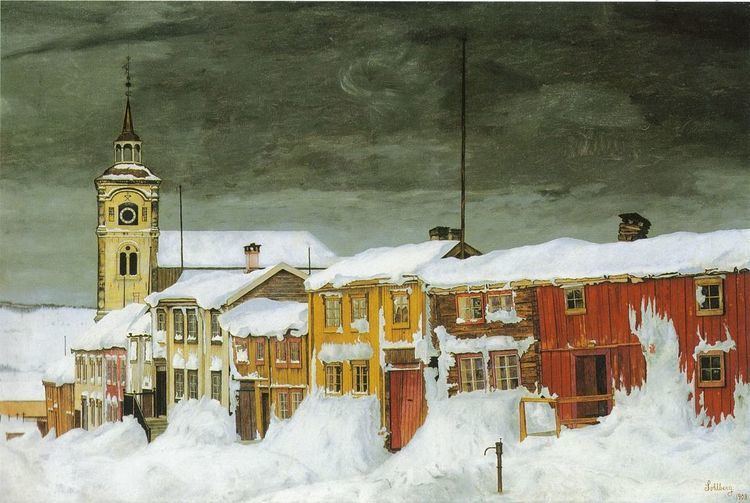There are currently seven UNESCO World Heritage Sites in Norway. Six locations are designated to be cultural sites and one is designated to be a natural site.
(Text) CC BY-SA

